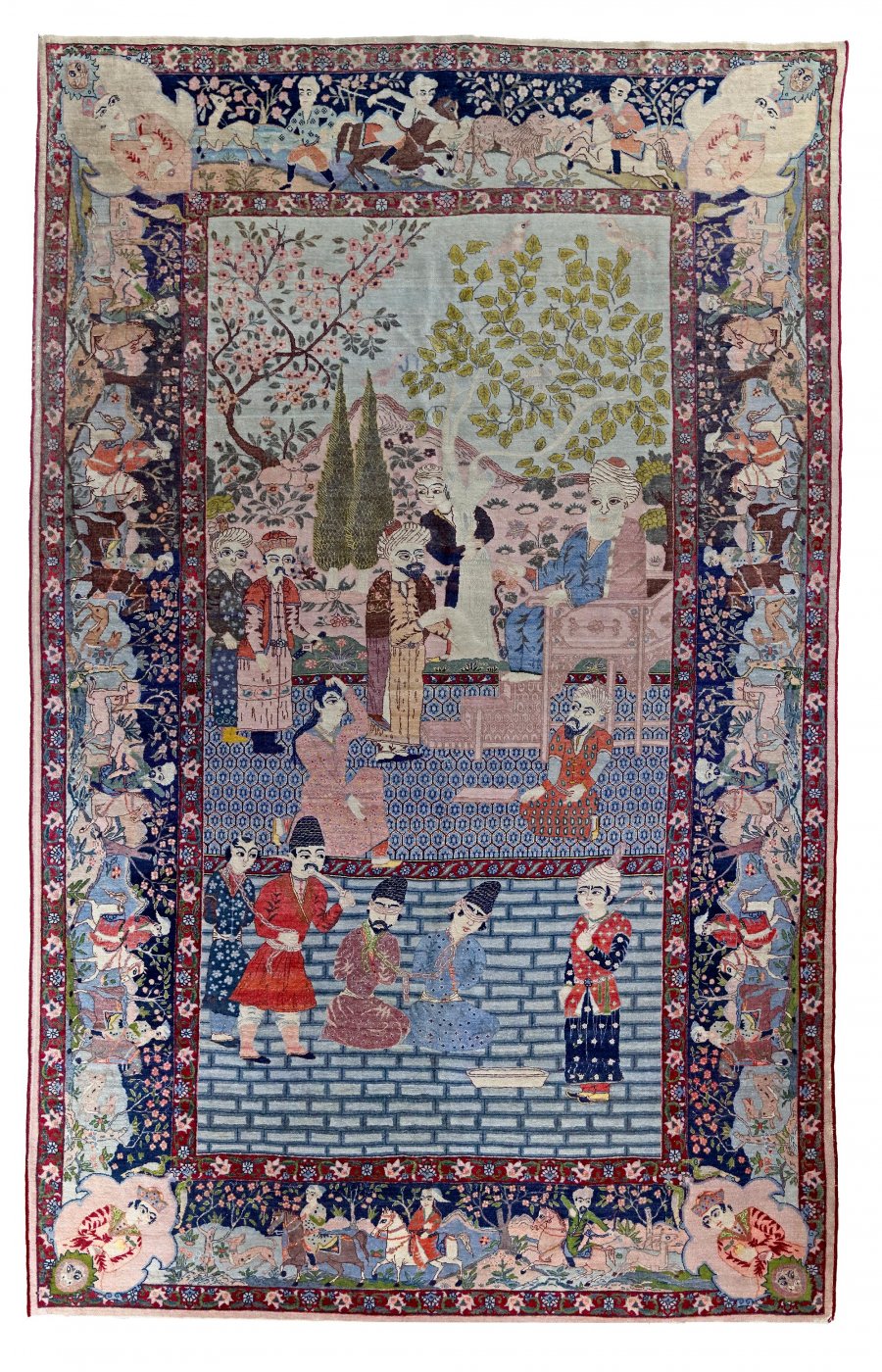Lot 74
TABRÍZ PICTORIAL RUG
Second half of 19th century
wool, cotton
270 x 170 cm (h x w)
| 3 750 €
| 3 750 €
Rare hand knotted pictorial wool rug on cotton warp. During the Qajar dynasty (1789-1925), after many years of chaos and decline, the Persian Empire enjoyed relative stability and, in addition to the increasing production of urban carpets for the wealthier classes, luxury court carpets began to re-emerge during the 19th century. Some were intended from the beginning as lavish diplomatic gifts, but carpets with a purely Persian theme were destined for the palaces of the ruling elite. Our court specimen stands out not only for its extremely dense hand-knotting and expensively produced natural dyes, but also for the sharpness of its details and their precise rendering. It is not surprising that the entire border is imbued with hunting motifs, as the shahs would set out with their large retinue for weeks, even months, on hunting expeditions, during which not even part of the harem was absent. An unusual motif is the preparation of the execution, including such details as the tub for the severed heads, which leads one to believe that this unique carpet may have been intended for the titular bearer, who was known in Persian as the nasaqchi bashi and, as confidant of the shah and executor of his wrath, could decide on various aspects of the torture of the condemned, including amputations or blinding. His high status was reflected in the fact that, together with the Shah, he routinely received the highest state visitors, who often literally coveted the various aspects of Oriental despotism. In the design of the carpet we see, among other things, an audience with the ruler on his throne, a hint of intrigue in the form of a courtier behind a tree, a courting scene, conical cypress trees in the palace garden, or a wandering dervish with a crutch on his shoulder. In the corners of the border are lion heads with manes, the emblem of the ruling dynasty during whose era Persian carpets regained undying worldwide fame. Professionally cleaned and impregnated with lanolin on both sides.
More works from auction
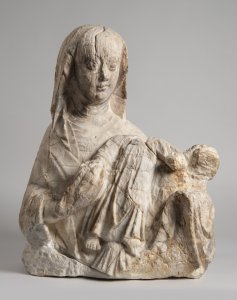
Lot 1 LATE GOTHIC MADONNA WITH CHILD
Starting price28 000 CZK | 1 167 €
Price realized
120 000 CZK | 5 000 €
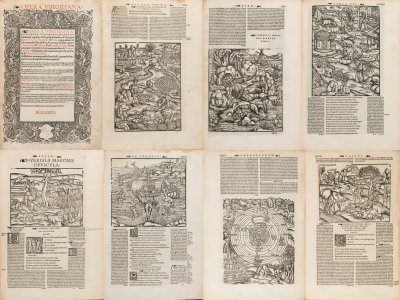
Lot 2 OPERA VIRGILIANA
Starting price48 000 CZK | 2 000 €
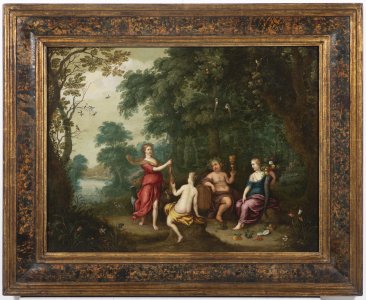
Lot 3 DIANA, BACCHUS AND FLORA
Starting price380 000 CZK | 15 833 €
Price realized
380 000 CZK | 15 833 €
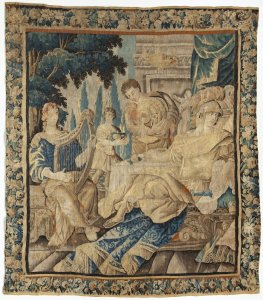
Lot 4 SCENE FROM THE BANQUET OF DIDO AND AENEAS
Starting price65 000 CZK | 2 708 €
Price realized
85 000 CZK | 3 542 €
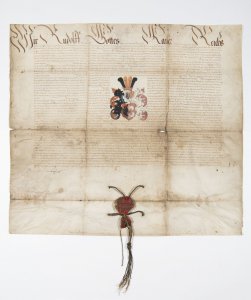
Lot 5 NOBILITATION GRANTED BY RUDOLF II.
Starting price80 000 CZK | 3 333 €
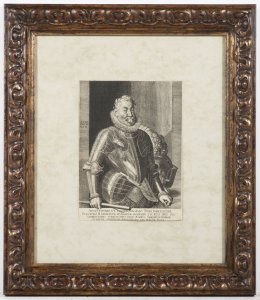
Lot 6 PORTRAIT OF RUDOLF II.
Starting price25 000 CZK | 1 042 €
Price realized
40 000 CZK | 1 667 €
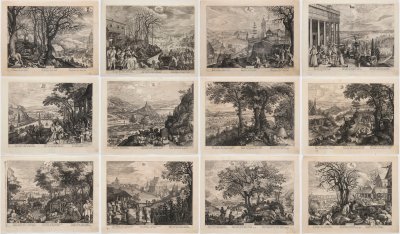
Lot 7 TWELVE MONTHS CYCLE
Starting price55 000 CZK | 2 292 €
Price realized
95 000 CZK | 3 958 €

Lot 8 A LARGE VIEW OF PRAGUE
Starting price45 000 CZK | 1 875 €
Price realized
65 000 CZK | 2 708 €
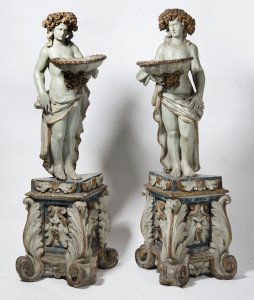
Lot 9 PAIR OF BAROQUE CARRIERS
Starting price180 000 CZK | 7 500 €
Price realized
200 000 CZK | 8 333 €
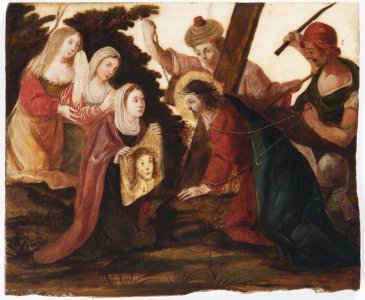
Lot 10 CHRIST AND VERONICA
Starting price28 000 CZK | 1 167 €
Price realized
28 000 CZK | 1 167 €
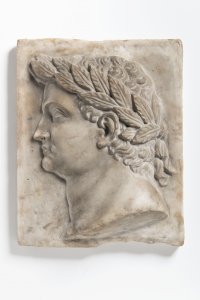
Lot 11 RENAISSANCE PORTRAIT OF THE ROMAN EMPEROR
Starting price16 000 CZK | 667 €
Price realized
21 000 CZK | 875 €
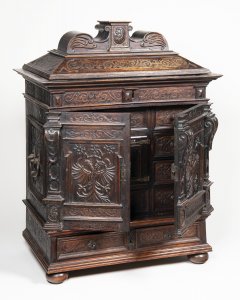
Lot 12 LATE MANNERIST CABINET
Starting price35 000 CZK | 1 458 €
Price realized
70 000 CZK | 2 917 €

